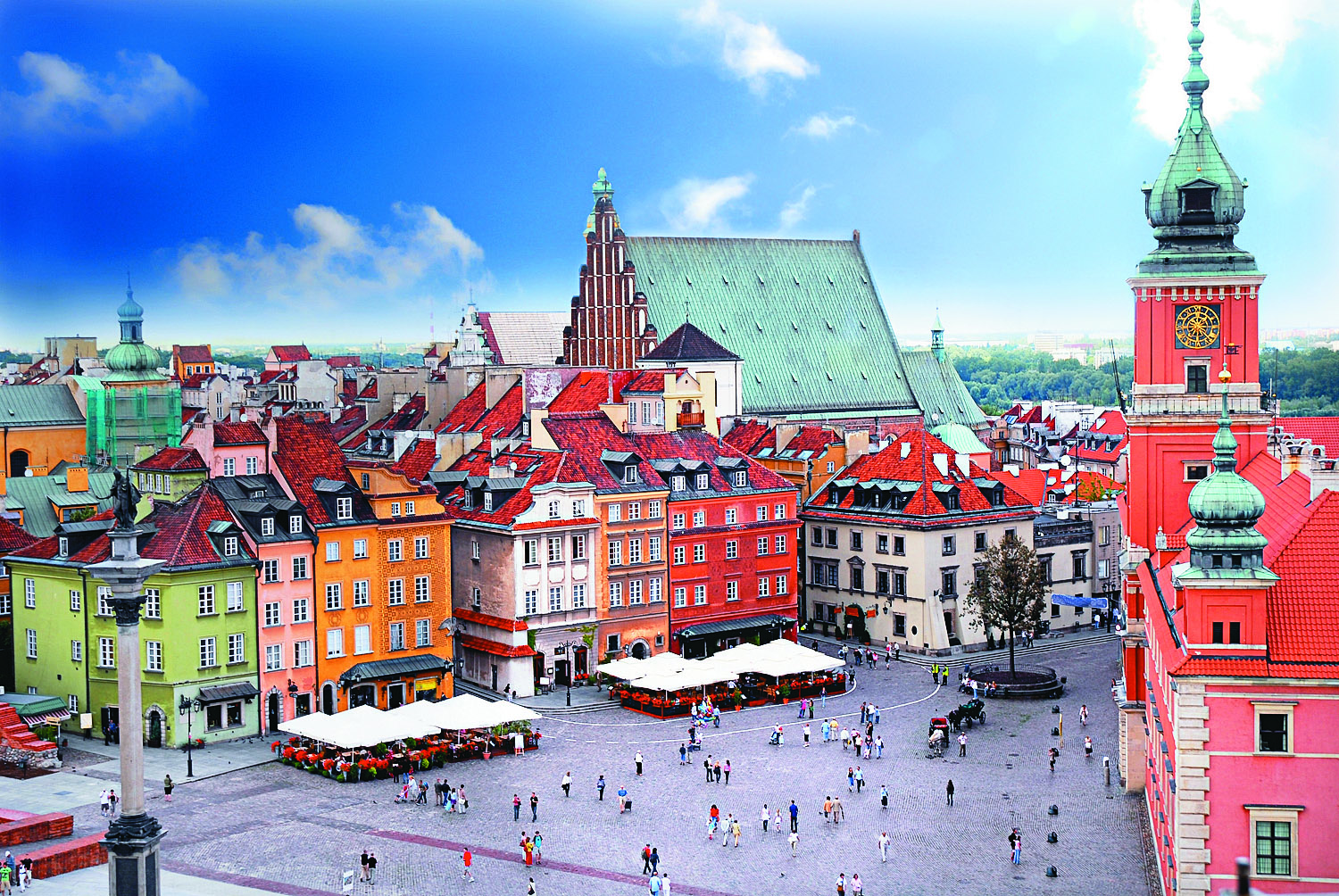The Polish capital of Warsaw lies in the central-eastern part of Poland. It stands on the Vistula River on the site of a 14th-century stronghold and trading center.
Warsaw has for centuries been a center of refinement and knowledge. Its strategic position has also made it one of the most invaded countries in Europe. This is a city that resonates with a powerful spirit of reinvention, a spirit that has been forged from a history that has pushed it to the brink of destruction time and time again.
Today’s Warsaw has been largely shaped by two of history’s most defining events, World War Two, and the closing of the Iron Curtain. But Warsaw is a survivor, and from the ashes of war and the shackles of Communism, the city has risen again.
Tributes to this heroic history are dotted throughout the city, but there is a youthful rebirth here too. With a burgeoning fashion scene, stylish shopping malls and edgy art installations, Warsaw have opened its arms to the world.
The opulent Royal Castle
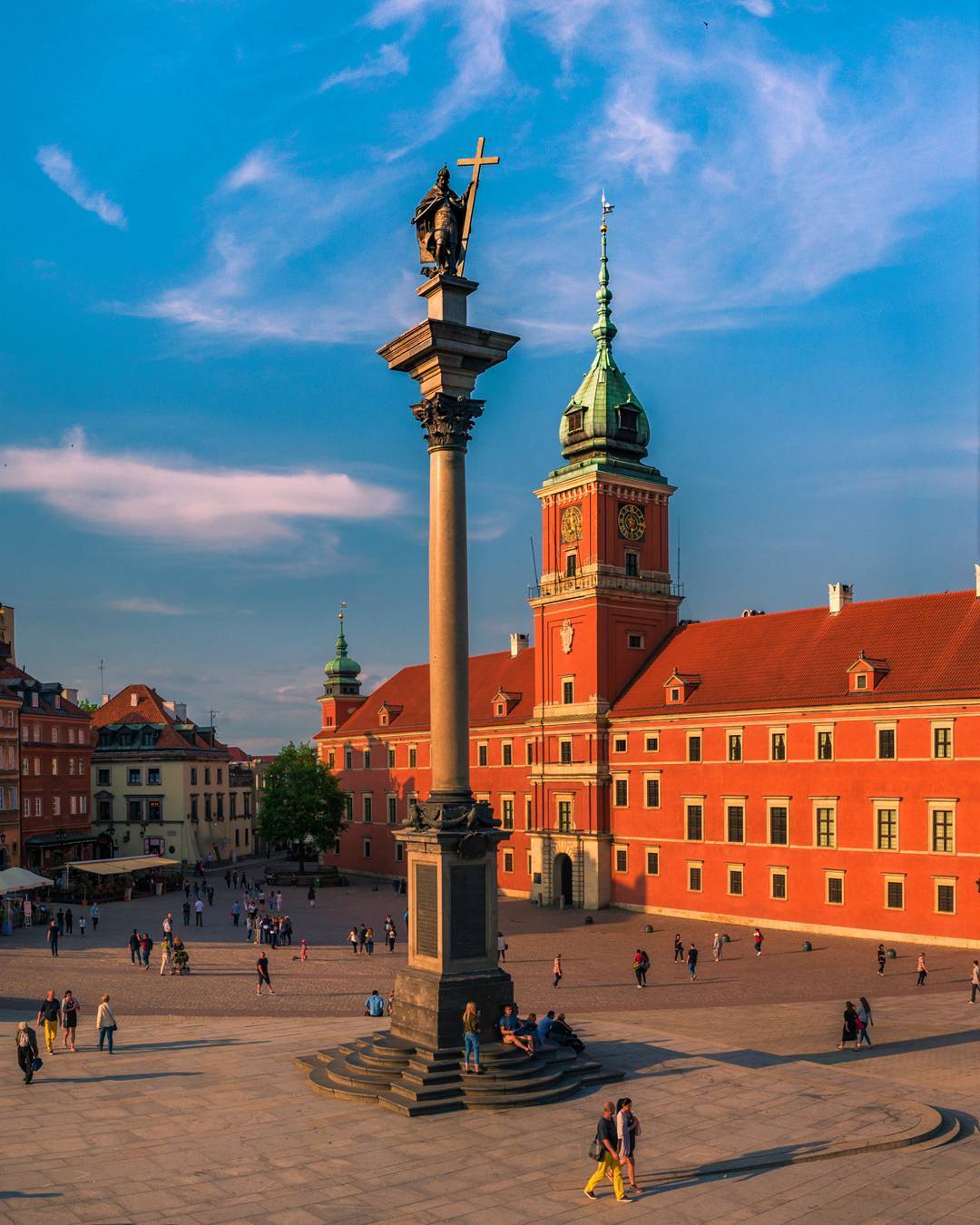
This is where, in the dying days of the second world war, brave locals launched the Warsaw Uprising, one of the most heroic resistance actions ever seen against the Nazis. In retaliation, the Nazis almost completely destroyed the city.
The true heart of Warsaw is it’s Old Town a stunning tribute to the city’s will to survive and rebuild. The opulent Royal Castle, in Castle Square which served as the seat of power for Polish Kings for many centuries, was one of the countless buildings that were systematically destroyed, many by dynamite.
Before the detonations, however, and at enormous personal risk, museum staff and civilians managed to save a number of the castle’s treasures.
King Sigismund’s Column
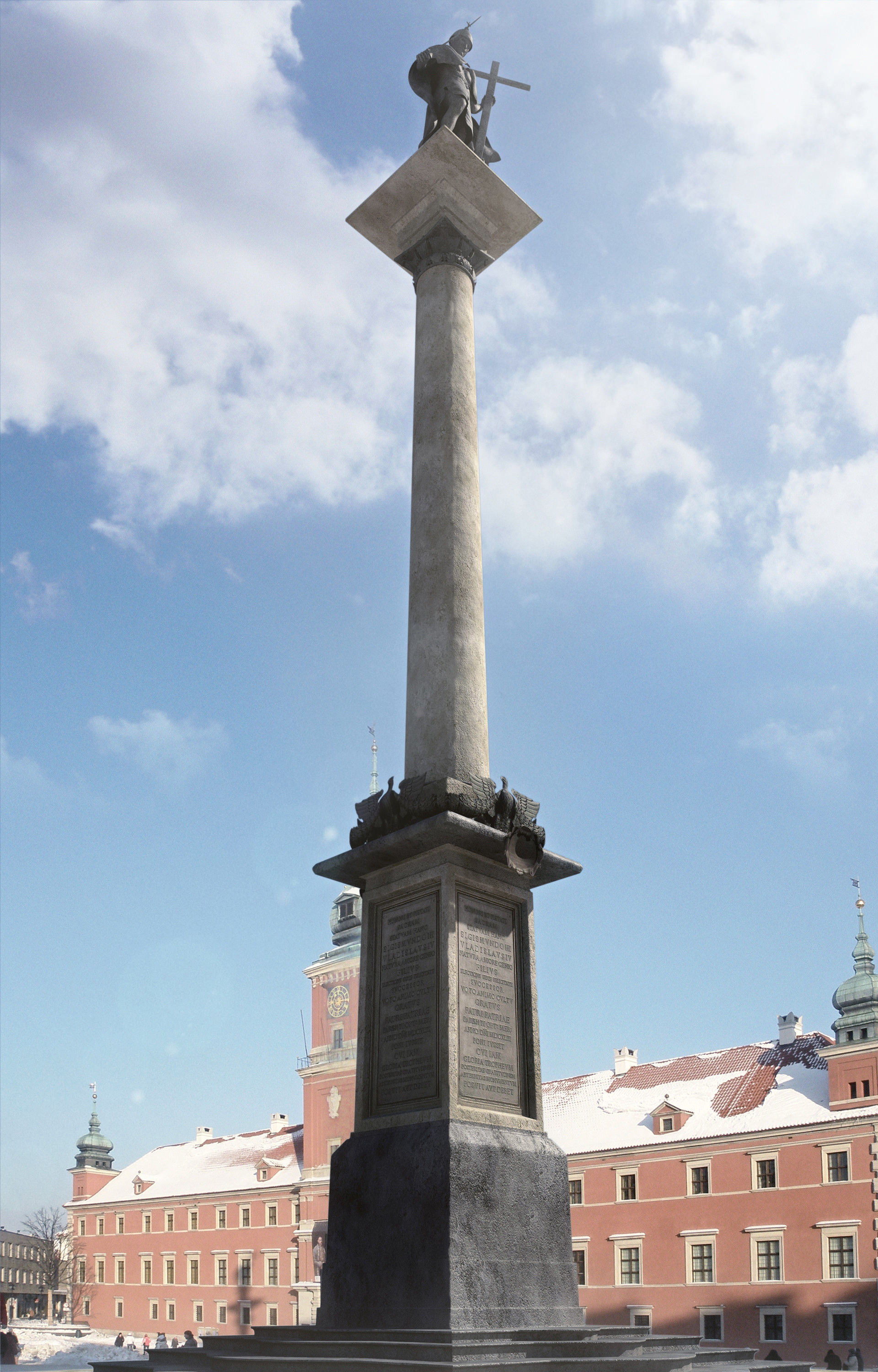
After the war, much of the Old Town was painstakingly rebuilt using 18th-century paintings as a reference.
In front of the castle is King Sigismund’s Column. Badly damaged but restored, at the end of the war, this is another symbol of the city’s resurrection.
Syrena or the Mermaid statue
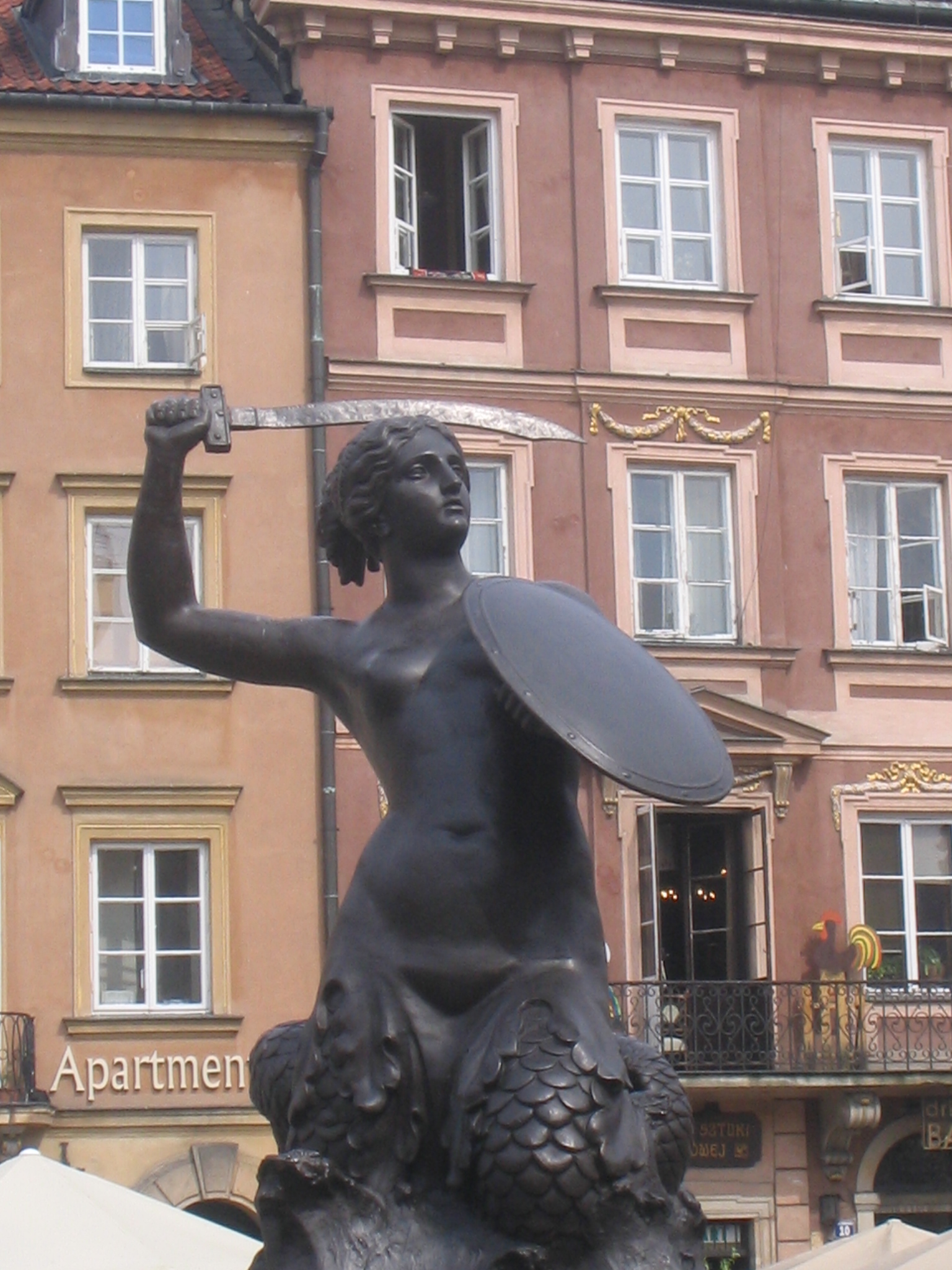
One of the few statues not destroyed by the German army is the nearby Syrena or mermaid statue. The symbol and protector of Warsaw, the mermaid has been on the city’s coat of arms for centuries.
St Johns Cathedral and St Anne’s Church
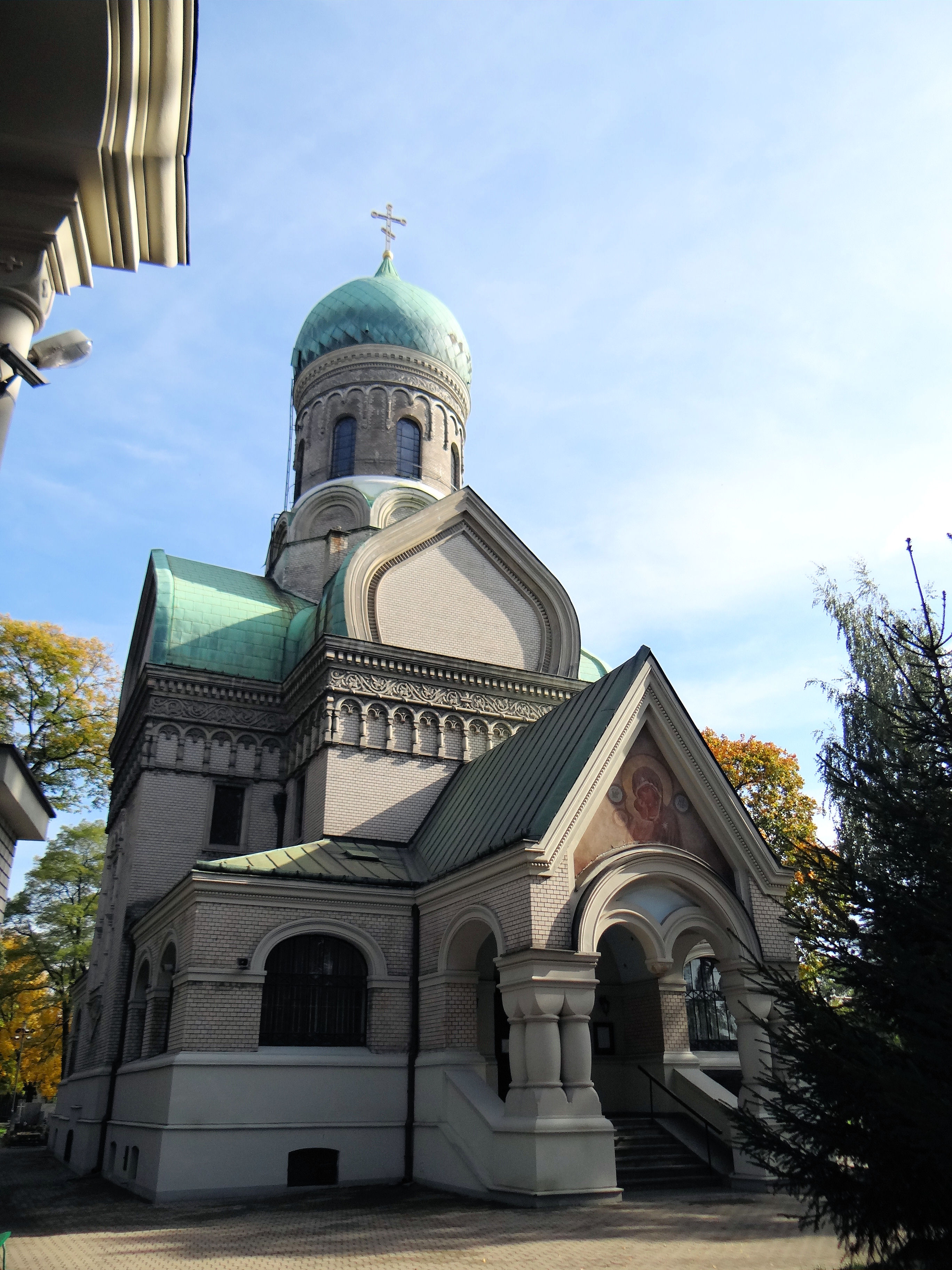
The Old Town is also home to some of Warsaw’s beautiful cathedrals. Visit St Johns Cathedral and St Anne’s Church, whose interior miraculously survived the war.
From the tower at the top of the stone stairs, the Warsaw skyline spreads out before you.
The Warsaw Museum
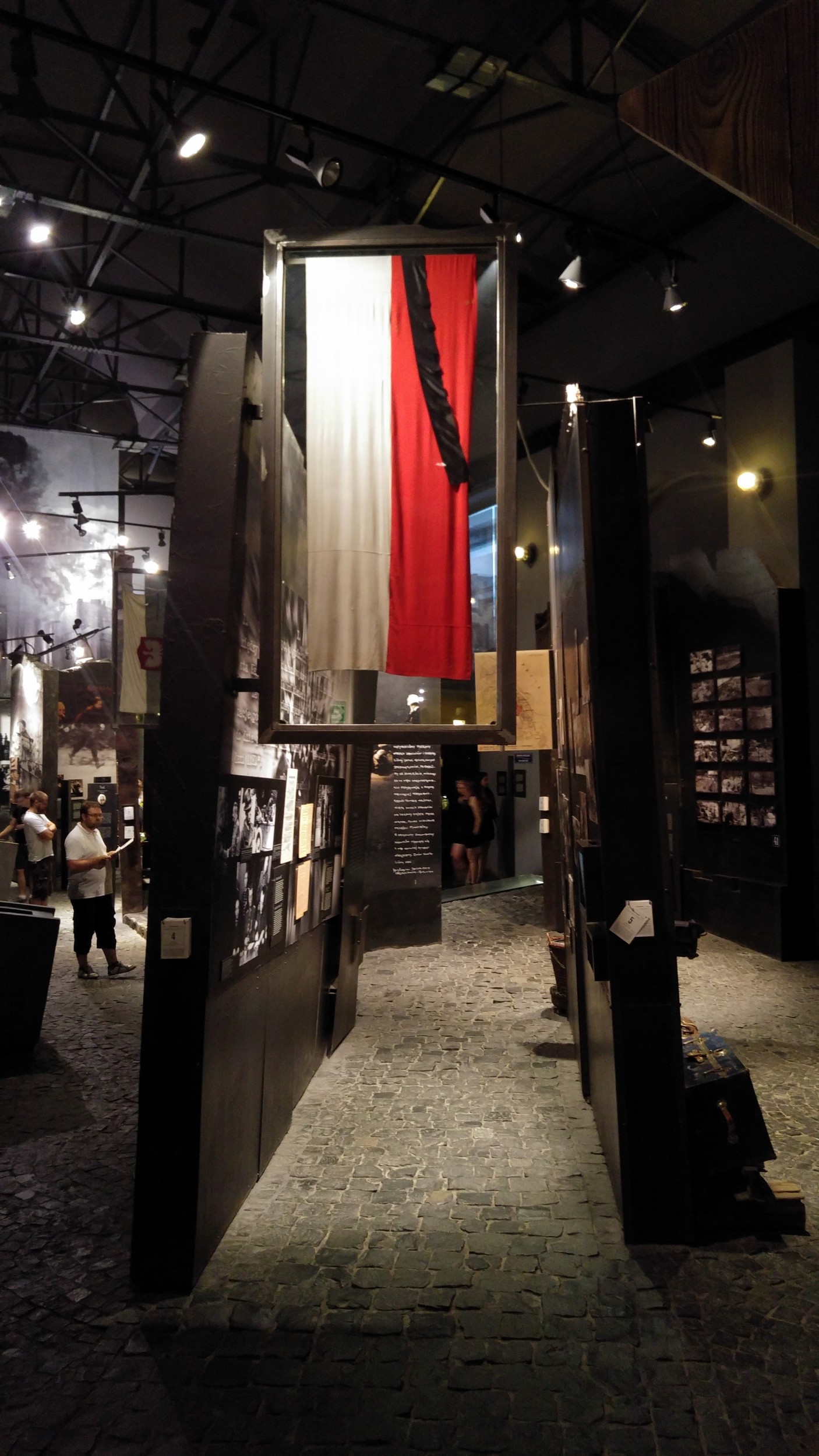
On the northern side of the Old Town Square is the Warsaw Museum, a keeping place of the city’s dramatic stories.
Warsaw University
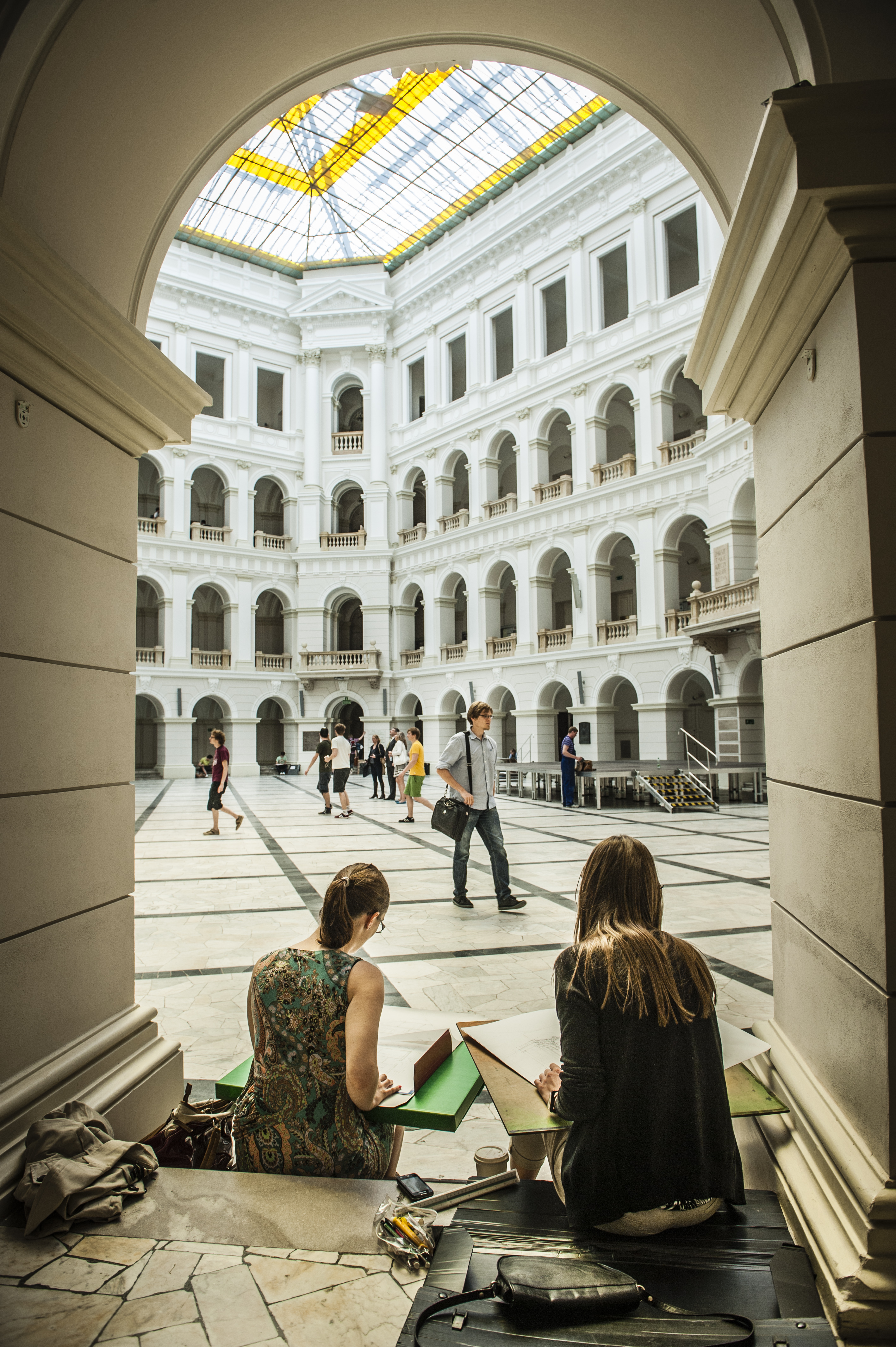
Visit the beautiful Warsaw University which served as military barracks for the German army. During the occupation, education was mostly outlawed, but an underground “secret university” emerged. More than 3,000 students continued their lessons throughout the occupation in homes around the city, but many paid the ultimate price.
Their fate was shared by millions of Poles during the Second World War and Warsaw has a number of powerful monuments honoring the nation’s loss.
The POLIN Museum of the History of Polish Jews
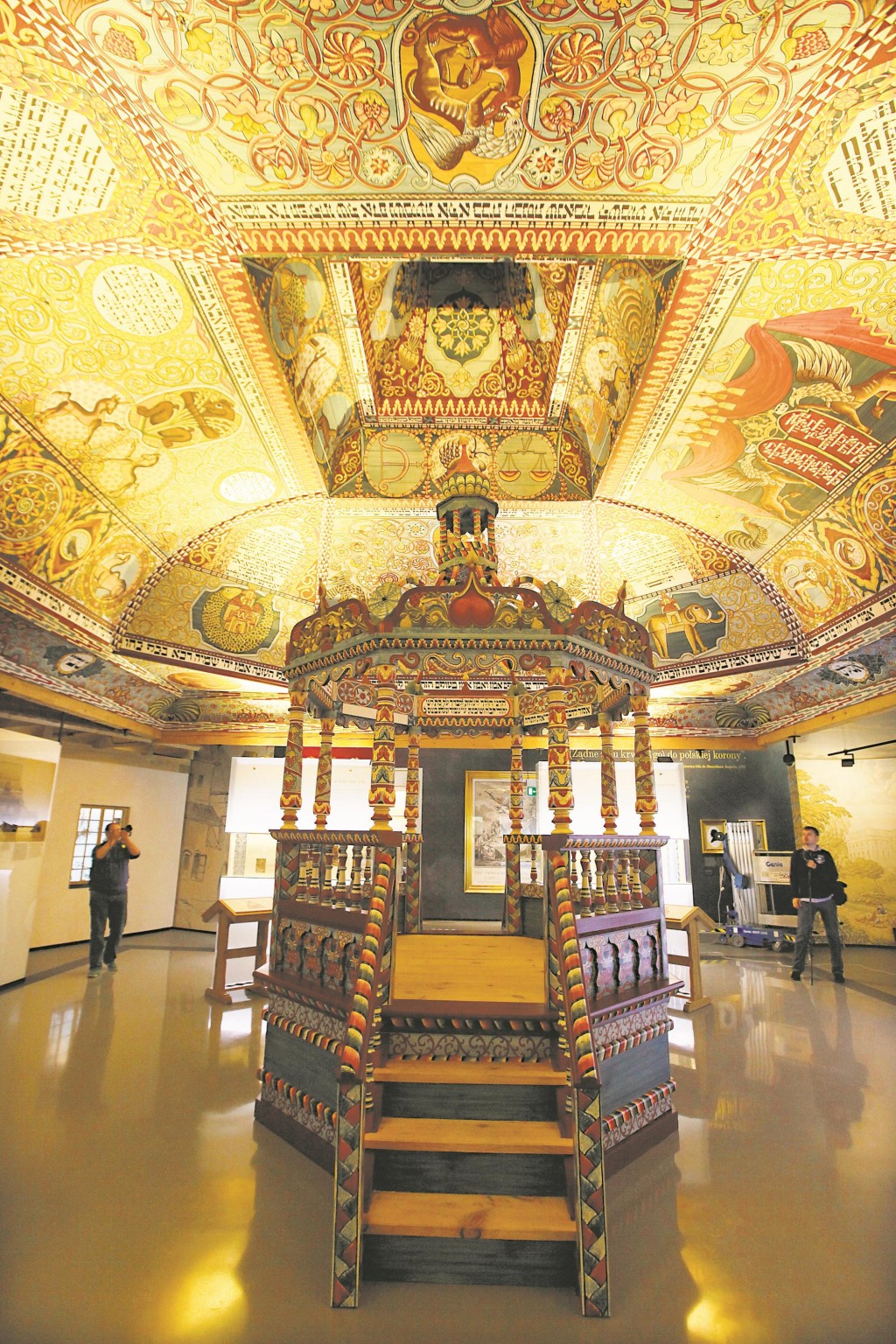
The POLIN Museum of the History of Polish Jews is built on the site that was once the infamous Warsaw ghetto. Here, more than 400,000 men, women, and children were incarcerated in just less than one and a half square miles.
The Warsaw Uprising Monument and the Warsaw Rising Museum
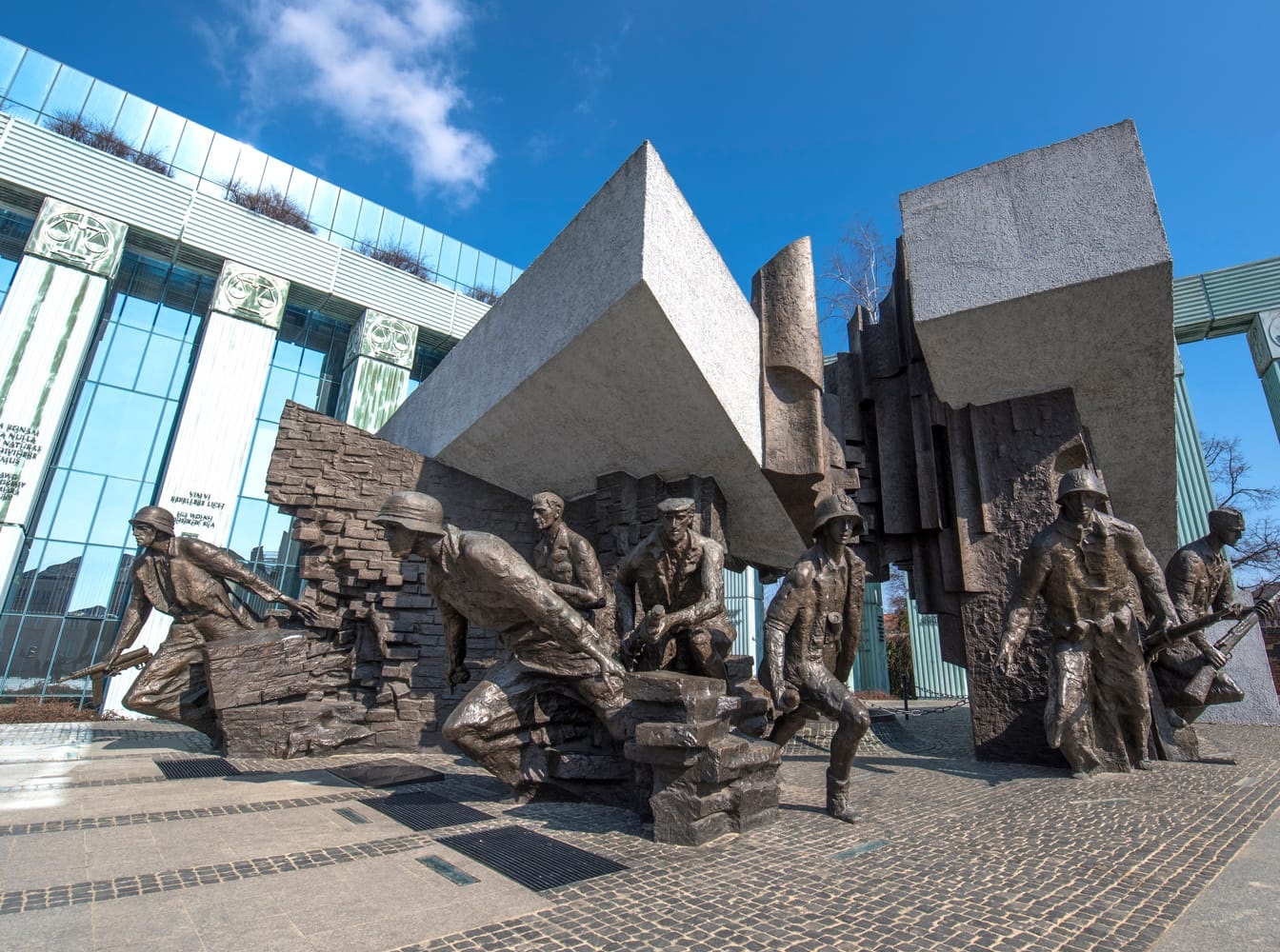
Nearby, the Warsaw Uprising Monument and the Warsaw Rising Museum pay tribute to one of the bravest chapters of the city’s long history.
The Palace of Culture and Science
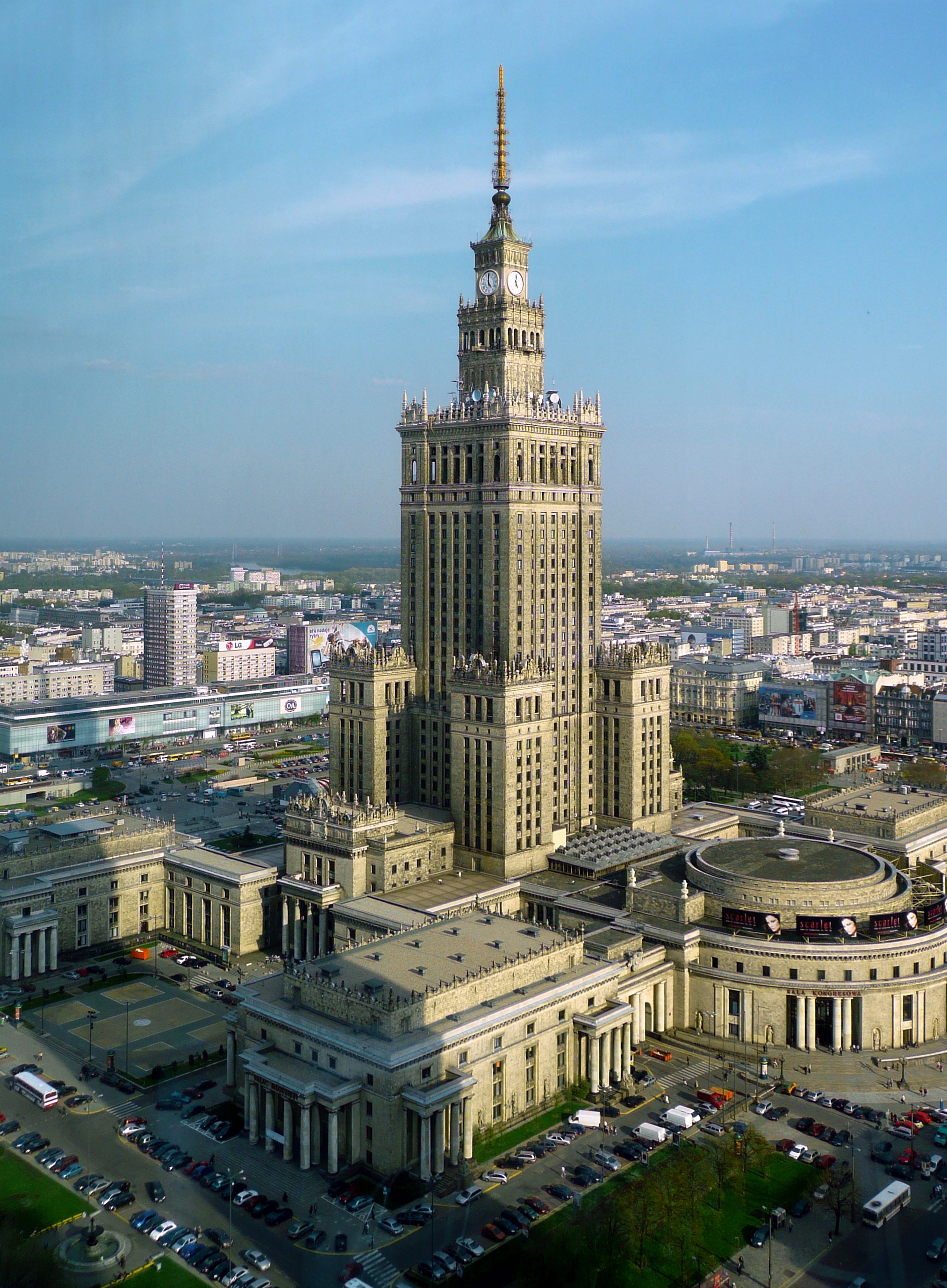
The Palace of Culture and Science is a remnant from a slightly later era; it was a gift to the Polish people from Stalin at the height of the Cold War.
The Royal Route
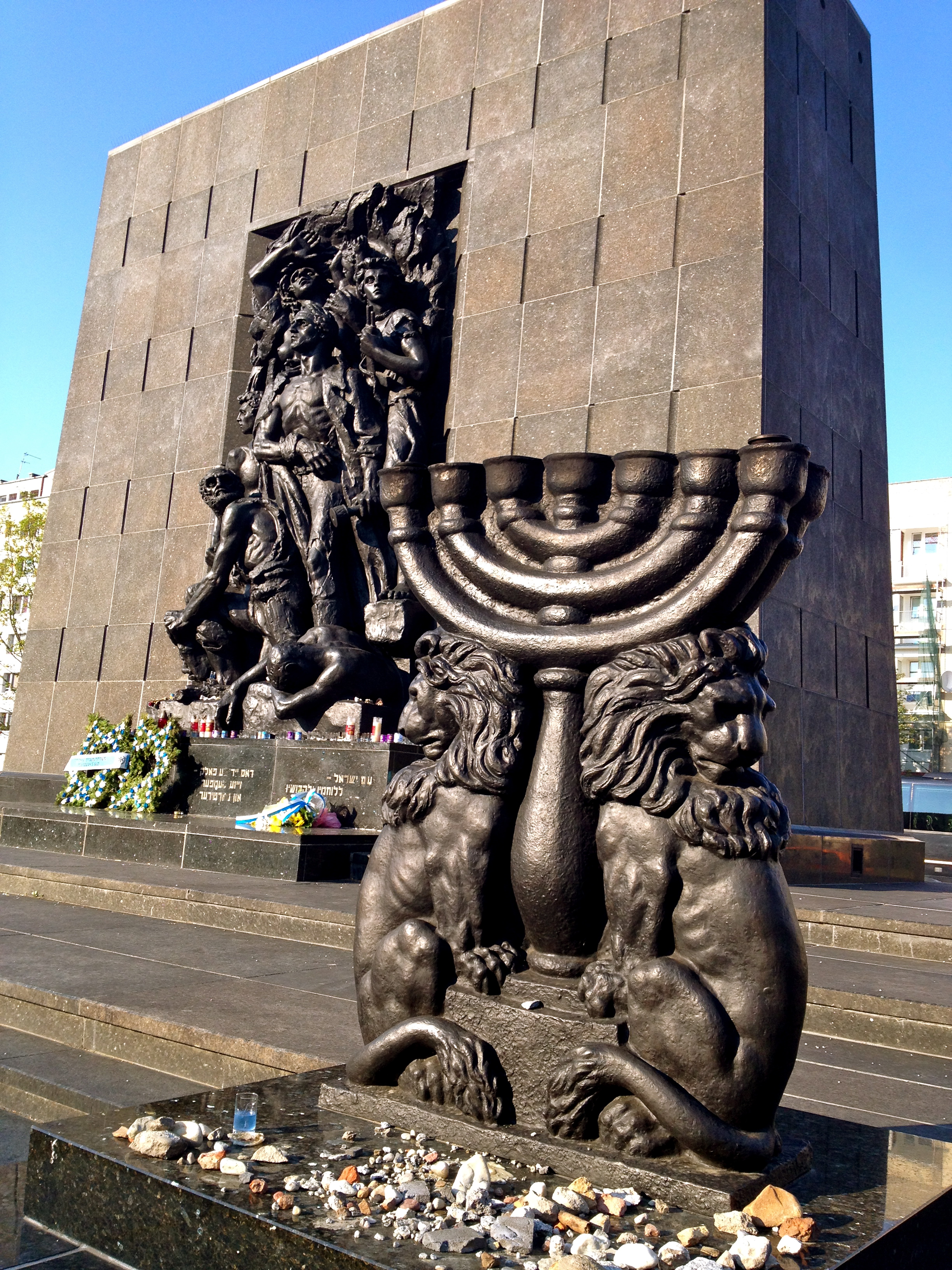
Travel a little further back in time with a stroll along the Royal Route. This path was once used by Polish Kings traveling from the Old Town to the Wilanów Palace. Today it is a popular tourist walk, studded with historical sites.
The statue of Nicolaus Copernicus
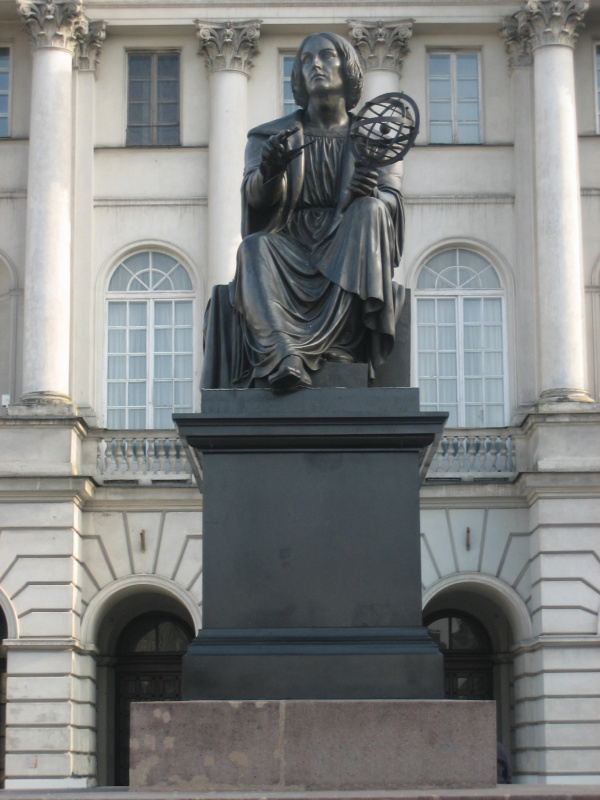
As you head along Nowy Swiat Street, you’ll pass the monument to Polish astronomer, Nicolaus Copernicus, who on his deathbed in 1543, revolutionized science with his theory that the earth orbits the sun.
The Copernicus Science Centre
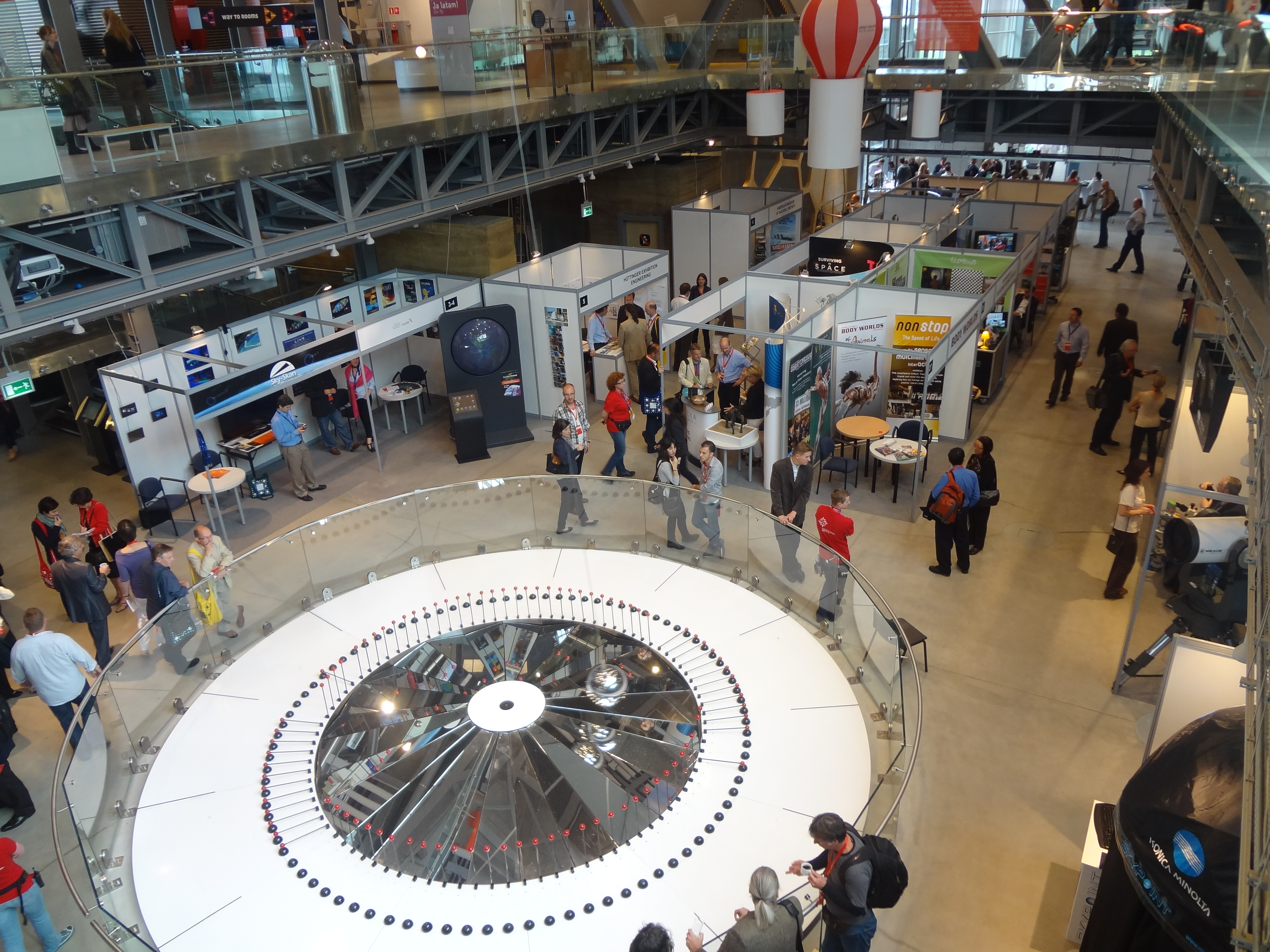
A little closer to the river is the Copernicus Science Centre whose mission is to inspire people to observe, experiment and challenge conventional wisdom.
The Holy Cross Church
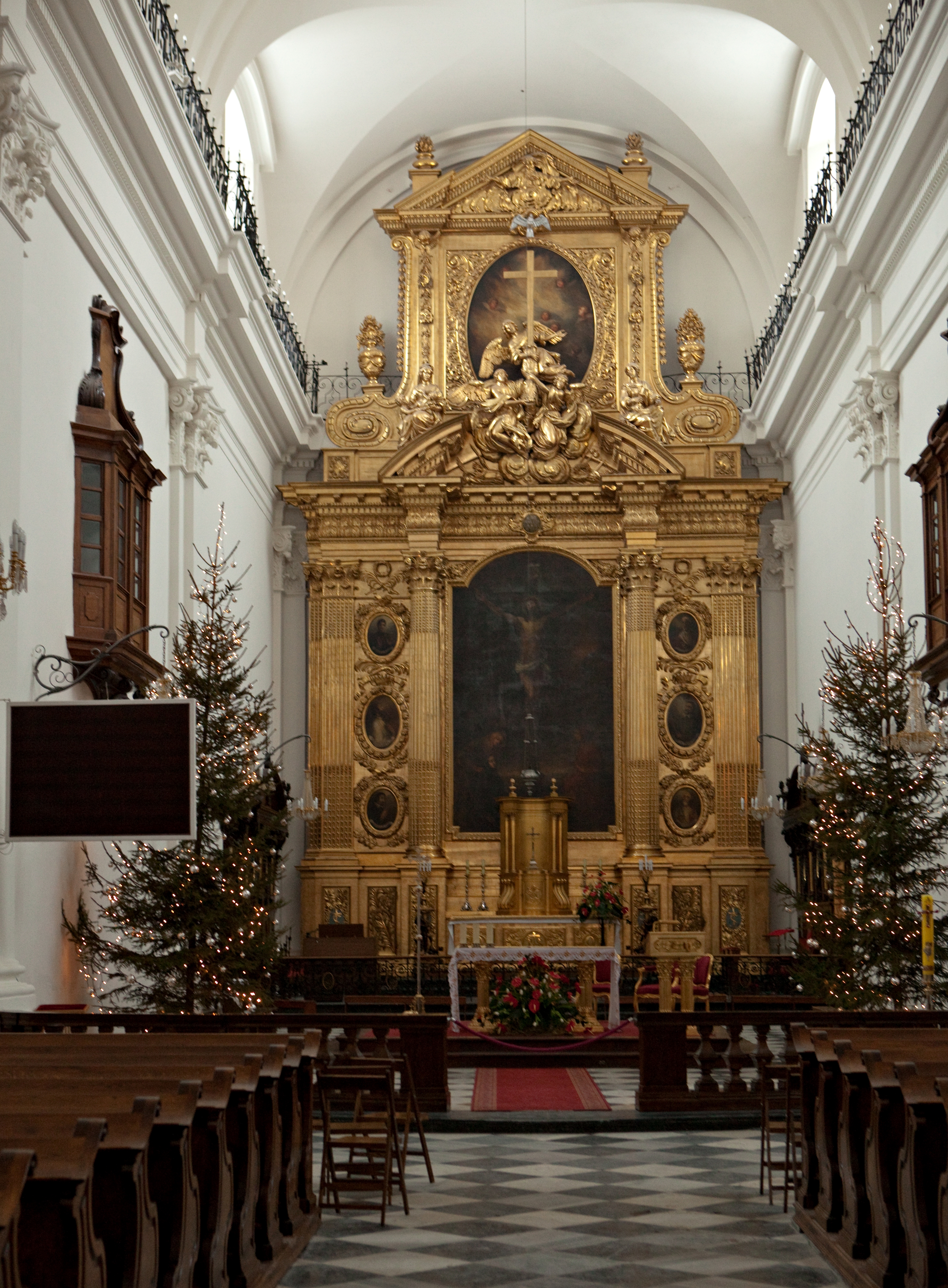
In the Holy Cross Church, lies a very personal reminder of another of Warsaw’s famous sons, composer and pianist, Fryderyk Chopin. This musical genius so loved the city of his birth that he requested his heart be returned to Warsaw when he died.
You can see where it now resides here.
Lazienki Park
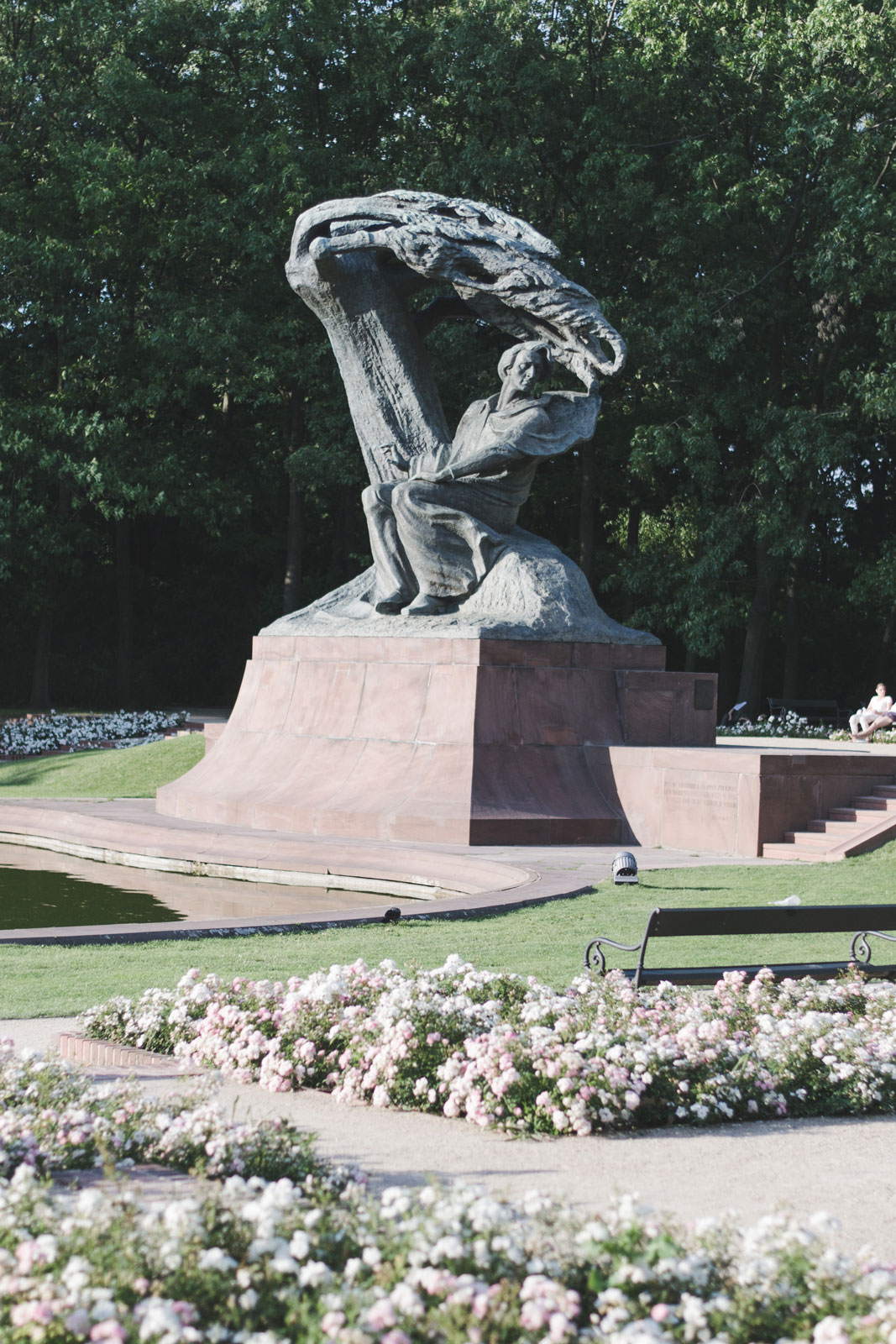
During the summer months, Chopin’s music floats through Lazienki Park, the largest park in Warsaw.
Lazienki Palace
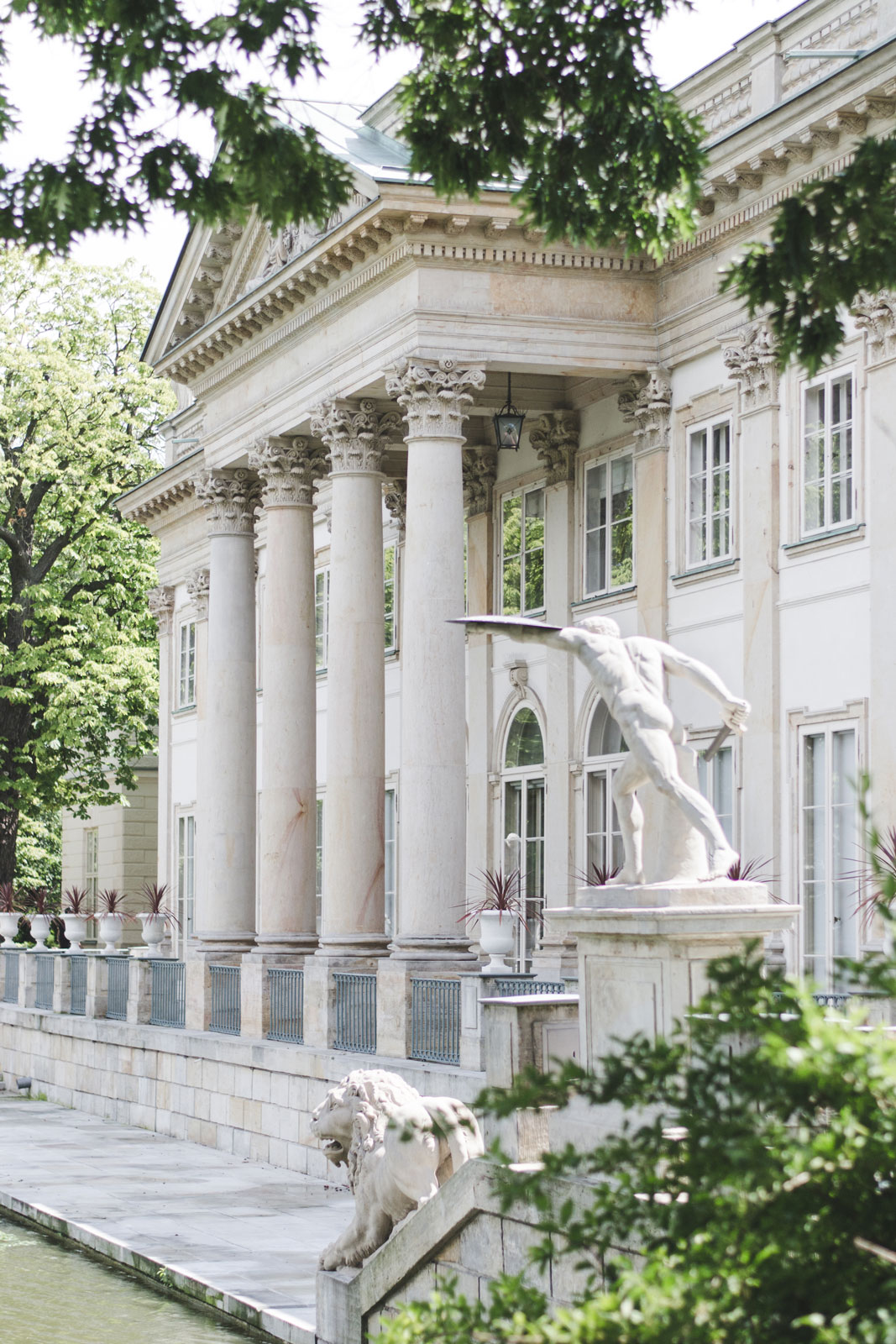
Lazienki Palace started life as a bathhouse but in the 18th century, the last Polish King converted it into his summer residence.
Wilanow Palace
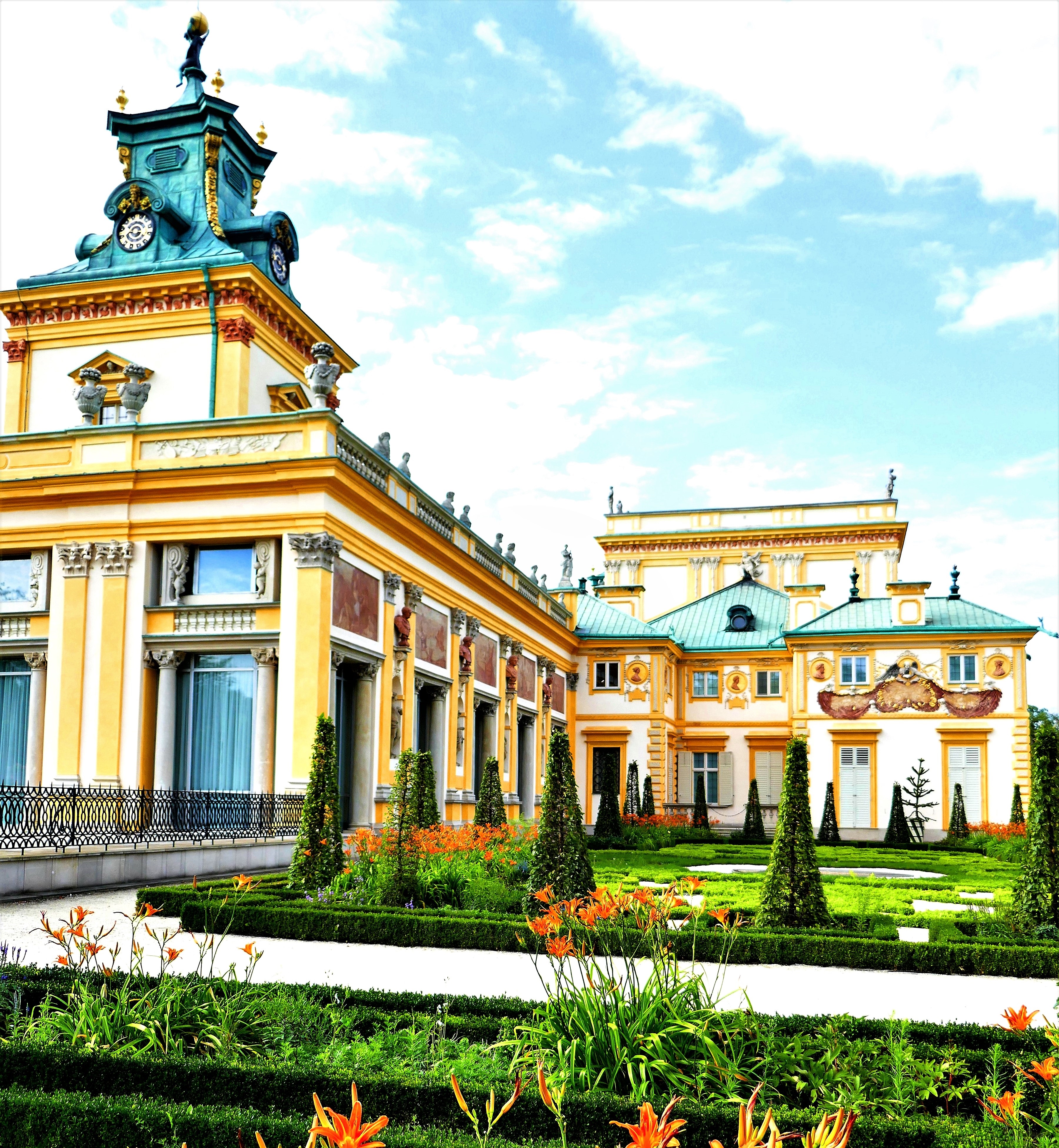
The last stop on the Royal Route is Wilanow Palace. With its luxurious artworks and formal garden, it is an outstanding testament to Poland’s early wealth and magnificence.
Zlote Tarasy and the VITKAC department store
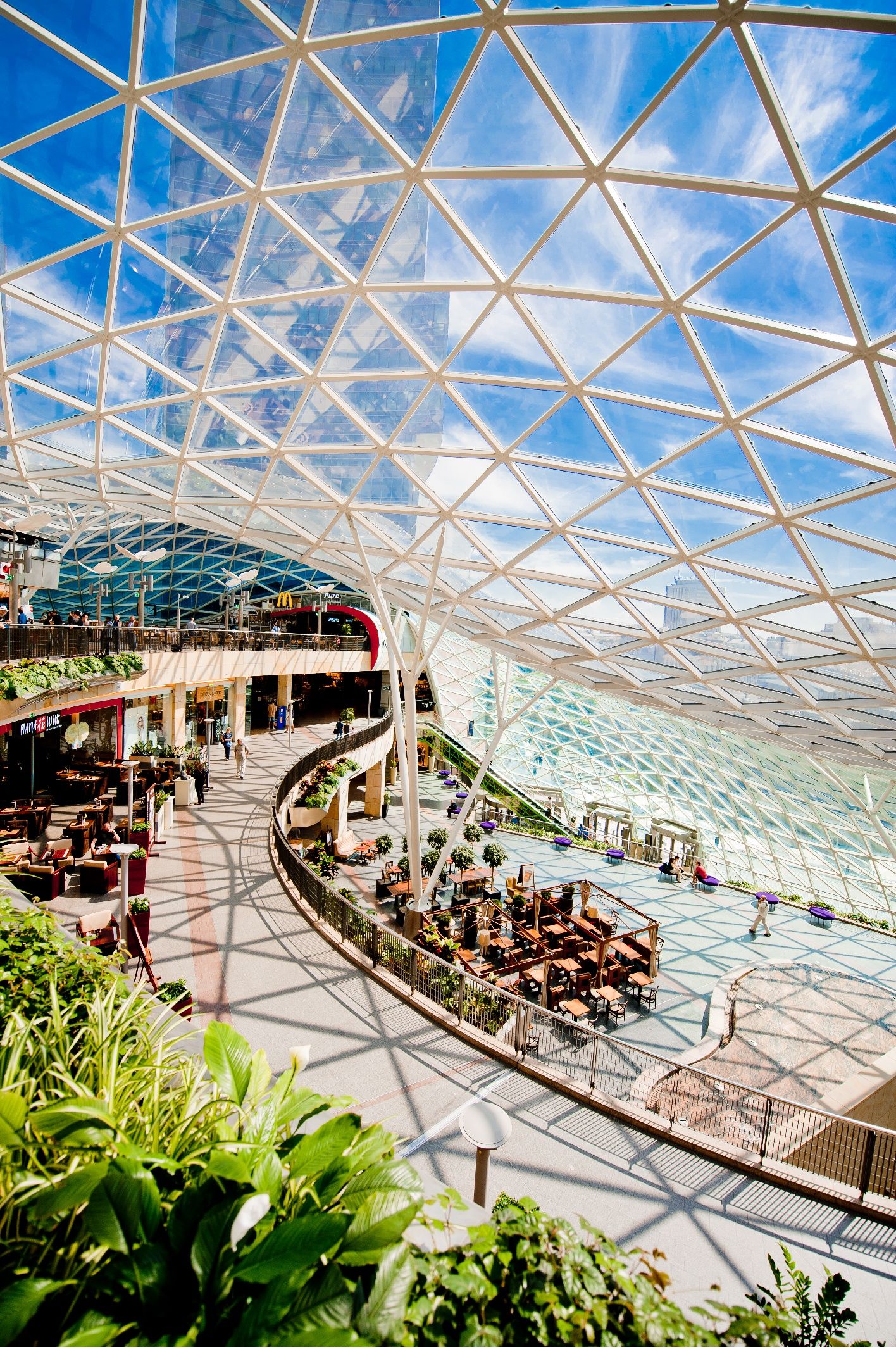
But even as Warsaw honors its past, this city of rebirth is creating new stories. Since the fall of the Iron Curtain, Poland’s economy has boomed.
That economic success is reflected in the luxury malls that have sprung up, such as Zlote Tarasy and the VITKAC department store.
Praga Soho Factory
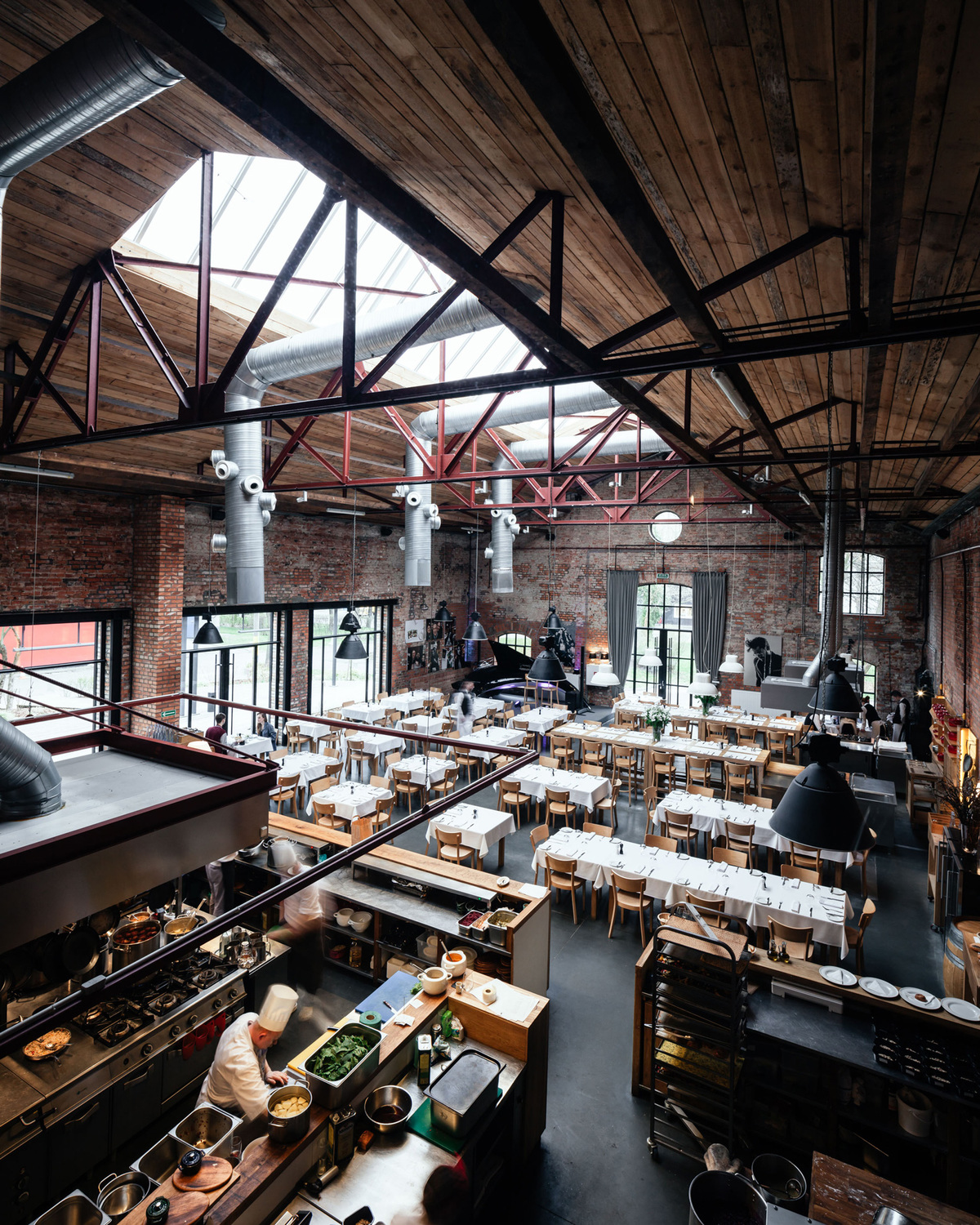
Other areas in Warsaw are also being transformed. A number of former industrial areas are now serving up cutting edge spaces and hip restaurants.
Visit Praga, on the right bank of the Vistula River to discover venues like the Soho Factory.
Neon Museum
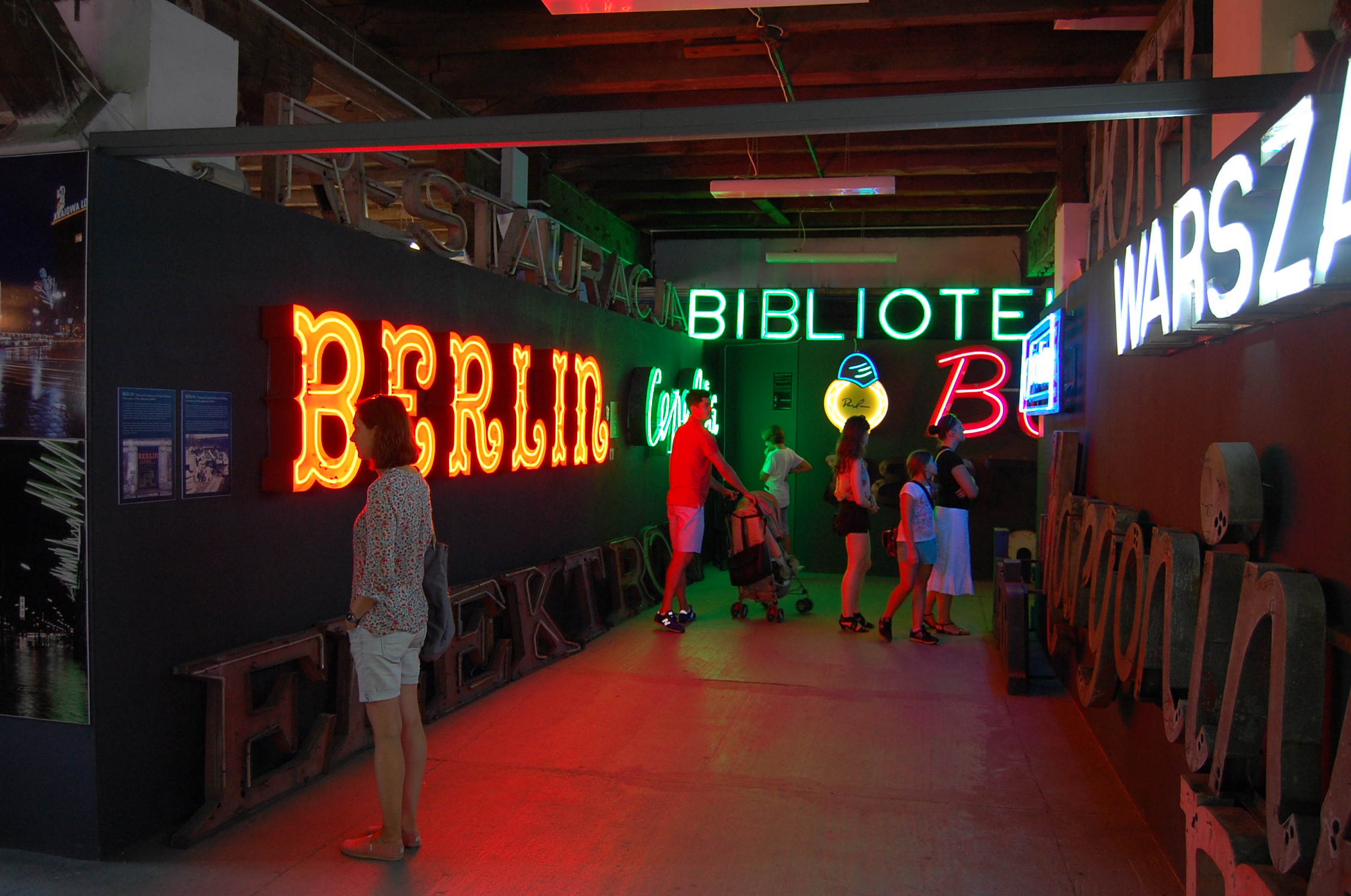
Once an ammunition factory, it is now home to a range of stylish shops and museums such as the Neon Museum.
This exhibition is dedicated to preserving the iconic signs from Warsaw’s Soviet era, many of which were produced by some of Poland’s most famous artists.
Conclusion
These reclaimed urban areas are perhaps the perfect reflection of Warsaw today. Just like the people of Warsaw, these young and innovative areas are creating new life and beauty amidst the remnants of an often tragic history.
Warsaw today shines like a beacon to the world. It reminds us that, no matter how dark a city’s past, the spirit of hope will always triumph in the end.
